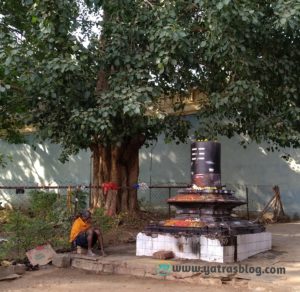1. How oft should I admonish you, Oh Mind!
With you, I do not wish to be unkind;
Though to my warnings you turned blind
Oft crossing the limits meant for good
You raged like a beast out of mood.
2. How oft I warned you like a friend
You rashly frowned, your ways you did
not mend;
With sense of defeat, you filled
your heart
And made others too sad for want of thought;
In easy snare of pleasures, you were
caught.
3. What use your knowledge and wit I say
You made your life a sordid play
Of vicious thoughts and went
astray;
No ideals you have kept, a sheer
pell-mell
No system, no rules, a confounded
hell.
4. A creature of chance in jig-jag ways
You spent your fleeting days in
idle ways
Your words mismatched with your
deeds
A stagnant pool of idle creeds;
While idle thoughts grow rapid like weeds.
5. Of moral ways and goals so much you raved
And yet to fleeting pleasures
yourself enslaved;
A road to hell with good
intentions paved
No more can I stand thy ways and
wait
I have to check thy ways and set
you right.
6. No more can I let loose thy senses
free
No more can I allow thy flippant
spree
Guided by reason you should
strive
In fickle ways you cannot
thrive
Listen to me; your hopes
revive.
7. Vain arguments lead you nowhere
No reckless freedom can I
spare;
The yoke of morals you have to bear
No tearful appeals, no
pleading looks
No clever allusions from
learned books.
8. No noble feelings you felt
within
In vain illusions do you
spin;
No feel of repentance or sin;
No service motive for
mankind
In trivial worries yourself
grind.
9. Oh, Mind! Be calm like a bird
in cage
A beast deprived of furious
rage
Listen to me: my advice
sage
Haste not; be not a
passion’s thrall
Be wise and patient; act
for good of all.
10. Cool down, my mind, listen to
noble call
Find peace in helpful acts, though small
You need not crave for
ideals tall
Please act with earnest
faith in God
He will guide you- no
more discord.
********************
8th February, 2022 Somaseshu Gutala















































